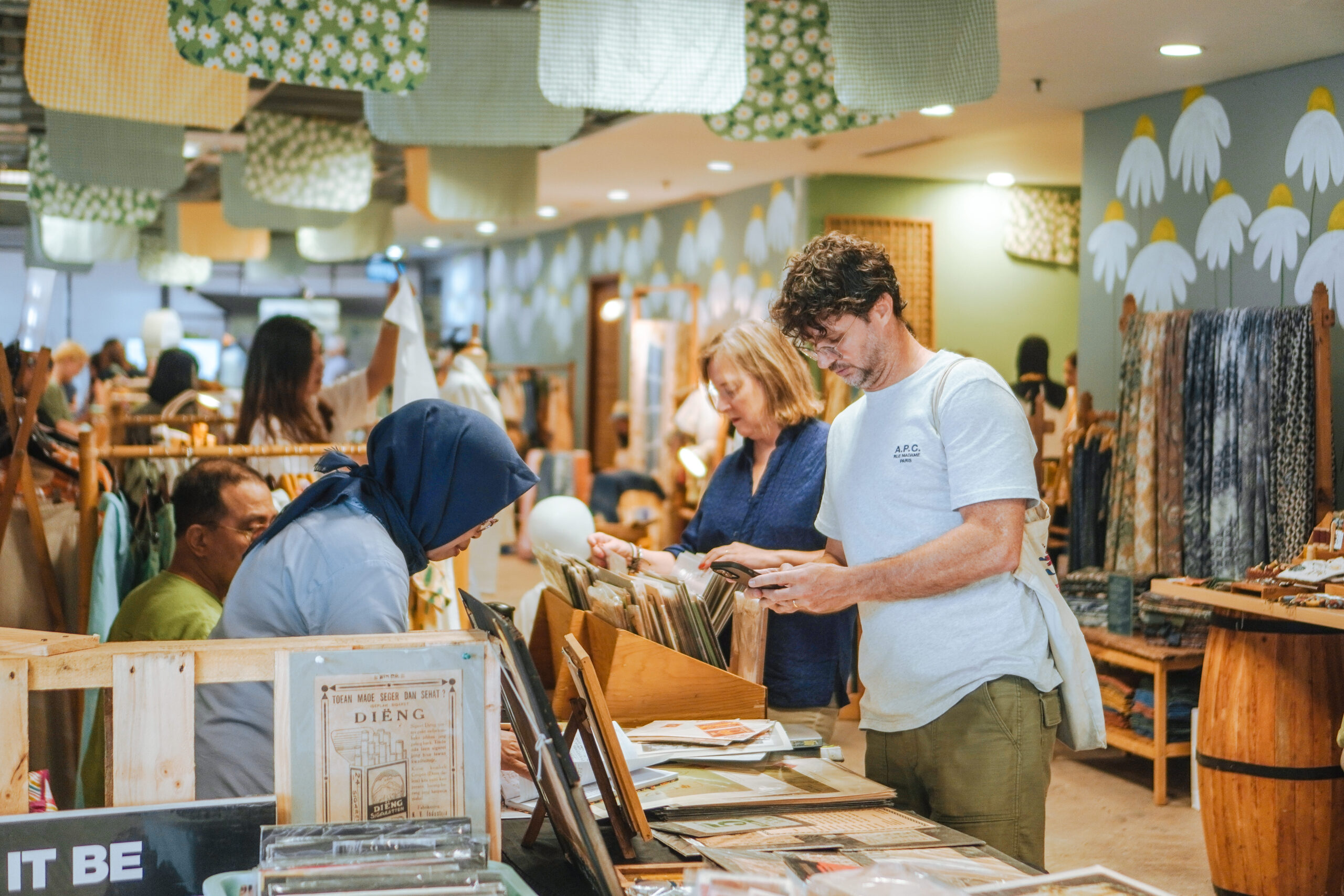Have you ever walked into an office that felt stale, rigid, or uninspiring? According to studies, an overwhelming majority of employees—up to 94%—say they perform best in flexible environments that promote creativity and collaboration. The modern workplace is no longer just a desk with a computer; it’s about fostering an ecosystem where innovation thrives and ideas flow freely. In this post, we will explore how flexible spaces, like compound areas and innovative game zones, can reshape workplace culture and encourage a vibrant atmosphere, making your team eager to engage and collaborate.
The Importance Of Flexible Workspaces
Flexible workplaces are not just a trendy concept; they are a necessity in today’s fast-paced business environment. As companies shift to adopt hybrid work models, stakeholders must redefine workspaces to cater to diverse employee needs and preferences. Flexible spaces go beyond traditional office configurations by providing various zones that cater to different working styles.
When we examine what makes a productive environment, several key factors emerge:
– Adaptability: Spaces that can be easily modified or reconfigured allow for a multitude of uses. For example, spaces can be transformed from quiet workstations into collaborative meeting hubs, depending on the needs of the moment.
– Comfort and Wellbeing: Ergonomically designed spaces contribute to employee satisfaction. Comfortable seating, natural light, and greenery can foster a positive atmosphere that enhances productivity.
– Community and Culture: Spaces designed to support social interaction can significantly enhance team dynamics. Common areas where employees can gather foster collaboration and communication.
Why Are Flexible Spaces Essential?
Flexible workspaces have become increasingly essential for a multitude of reasons:
- Encouraging Collaboration: The shift towards teamwork requires environments where collaboration can happen effortlessly. Flexible spaces facilitate informal meetings and brainstorming sessions, leading to better idea generation and problem-solving.
- Adapting to Change: In a world of rapid change, being able to pivot is crucial. Providing spaces that can quickly adapt to new technology, styles, or needs fosters an agile workforce.
- Catering to a Diverse Workforce: Today’s employees are coming from various backgrounds with different work preferences. Flexible spaces accommodate these diverse needs by providing quiet zones for focused work and communal areas for social interaction.
- Driving Innovation: Companies that design their environments to inspire creativity and innovation create spaces where employees feel motivated to explore new ideas, leading to groundbreaking work outcomes.
Transforming Workspaces into Flexible Environments
A successful flexible workspace combines various elements and considerations:
– Design Elements: The layout and design of the workspace should reflect fluidity. Utilization of movable furniture, dividers, and collaborative tools can create a multi-purpose environment.
– Technology Integration: Implement tech tools that facilitate communication and collaboration, such as video conferencing capabilities and shared cloud spaces. This technology supports seamless interactions within the office, whether employees are sharing a physical space or engaging from remote locations.
The Case for Game Areas
An often-overlooked aspect of flexible workspaces is the incorporation of game or relaxation areas. Clients and employees hugely benefit from dedicated spaces for mental relaxation and de-stressing. These could range from breakout rooms equipped with games to outdoor relaxation lounges. Here’s why they matter:
- Boosting Morale: Employees who have downtime to unwind and socialize can return to their work engaged and refreshed, leading to increased productivity.
- Encouraging Team Building: Game areas act as collaborative spaces where teams can engage outside of work duties, enhancing relationships and breaking down barriers.
- Creativity and Innovation: A relaxed mind can often lead to more innovative ideas. By fostering an environment where employees tap into creativity freely, businesses can gain significant advantages.
What Lies Ahead for Workplace Design
Looking towards the future, companies can expect the guidelines for workplace environments to continue evolving:
– Incorporating Sustainability: As more attention is directed toward environmental concerns, workplaces will be redesigned not only for comfort and flexibility but also for sustainability. Energy-efficient spaces equipped with natural materials will become the new norm.
– Technology-Driven Solutions: The rise of AI and smart office technology will shape the way we interact with our workspace, further enhancing flexibility.
– Emotionally Intelligent Spaces: Rising understanding of workplace wellness, mental health, and employee experience will shape design trends that address emotional well-being.
Conclusion: Where Do We Go From Here?
As we move forward in reimagining our workplaces, the emphasis on flexible design becomes increasingly clear. Adaptable environments that cater to diverse employee needs are more than just trendy; they are essential for a prosperous and engaging workplace culture. By embracing flexible spaces, businesses set themselves on a path toward innovation, creativity, and enhanced employee satisfaction.
Are you ready to bring your workplace to life? If you want to see your office buzzing with energy, ideas, and laughter, start with a space that makes it possible. Book your next event at Ureka and watch your workplace culture come alive.

